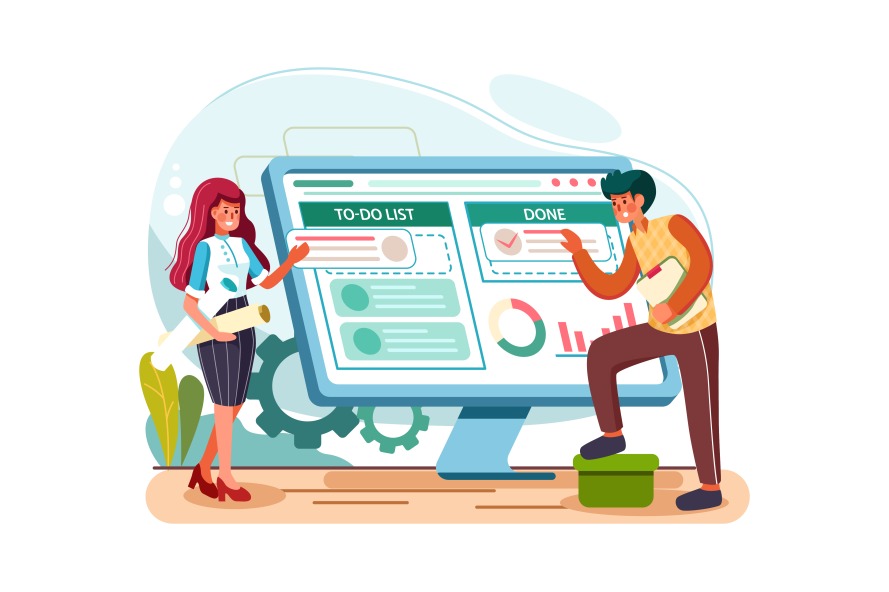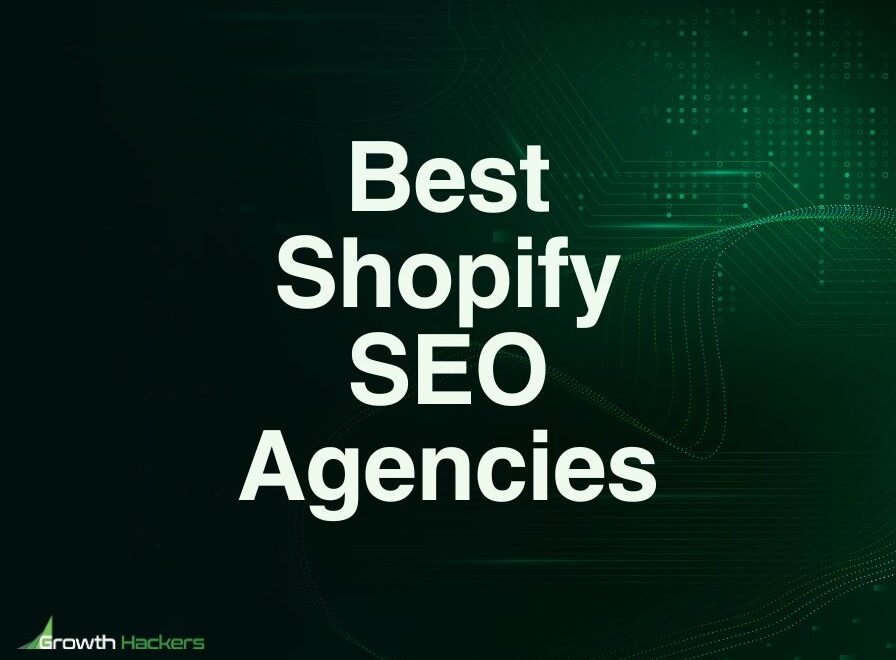While it might sound like a dream come true, your customers can’t be “everyone.” Identifying your target audience is a crucial first step in planning a marketing campaign. Knowing who exactly you’re talking to can help you craft effective strategies to acquire more customers and retain your existing ones.
Why a Bigger Audience Isn’t Always Better
The idea of business success is always associated with bigness. The goal is to get more views, larger ad placements, and a vast social media following — the more zeroes, the better. But in pursuing quantity, you may sacrifice the quality of your audience and the chance to build a lasting connection with your existing customers. Before you “go for big,” you must start small.
Unless your business targets are centered around views and shares, more often than not, these metrics don’t necessarily translate into sales. Sure, targeting a wide audience can expose your brand to more people, but what does that mean for you? What will thousands of social media likes or unique page views do for you if only 100 remember your brand?
If you have a limited marketing budget, trying to reach a big audience with a single campaign will blow your money and efforts down the drain. You need to target a niche audience with focused messaging to compete with more prominent brands.
Think about it: Facebook began as a social media website made specifically for Harvard students. Then it grew to include other Ivy Leagues, followed by other universities in the United States. It took two years of building credibility with its original target audience before Facebook decided to conquer the rest of the world with an email address.
How to Limit Your Scope and Target Audience
Your target audience is the specific group of people whom you want to sell your products to and tailor your campaigns for. Your target audience is usually defined by age, gender, location, and interests on social media. However, before you get into the specifics of targeting on social media platforms, there are prior steps you have to take.
1. Create a buyer persona
A buyer persona is a detailed, research-based profile representing your ideal customer. Creating a buyer persona helps you understand what makes your customers tick, what motivates them, their pain points, and what influences their decision-making.
Important details that should be in your buyer persona include:
- Name
- Age
- Occupation/Background
- Interests/hobbies
- Income
- Goals/desires
- Pain points/fears
Used more than just as a guide for crafting strategic marketing campaigns, buyer personas can also help you in product development and customer service. So you can improve not just customer acquisition but also retention.
Your business can have more than one buyer persona, which you can use to segment your audience and create personalized messaging that works.
2. Determine who shouldn’t be part of your audience
While creating buyer personas can give you a clearer definition of your audience, it’s also crucial to know who should be excluded from your campaigns. Try to be as specific as possible when defining your audience.
For example, when setting up a campaign on social media, instead of selecting “male” as the gender, you have to indicate the age range to ensure you’re not wasting your budget on people who won’t take action after seeing your ad.
3. Pay attention to your existing customers
Not only do you want to work on your customer acquisition, you also want to work on your customer retention. The best representation of your ideal customers are the ones you already have. Before you set your sights on expanding your reach, it’s crucial to understand your current customer base. Getting to know your customers can give you great insight into your niche.
Conduct surveys and interviews to learn more about your audience. Get their opinions on products and messaging.
Use the findings to help you refine your strategy, nurture your loyal customers, and eventually acquire new ones.
Utilize tools like Instagram Story polls for quick answers and send more detailed surveys through e-mail.
You can use your social media audience insights tools or Google Analytics for more information about your existing customers. These tools can help you gain valuable information, such as which channels your audience is coming from and what content they interact with the most.
Do you want to acquire more users and retain them?
Contact Growth Hackers
4. Check out the competition
When studying the competition, you might assume that you should be competing for the same audience’s attention. But nobody would’ve gone past the startup stage if every new business started that way.
Look at who your competitors are targeting, and look for a loophole — what niche audience are they missing? Does their messaging exclude a specific demographic? Fill in the gaps with your products and marketing strategies.
Before trying to compete, look for an underserved market and try to dominate that space.
5. Partner with “niche” influencers
Partnering with an influencer doesn’t have to mean that you’re trying to reach millions of people. Consider tapping nano or micro-influencers — those with an engaged audience already interested in your chosen niche.
Pro-tip: Don’t choose an influencer who promotes random brands daily. You want someone who can still be seen as a reliable recommendation source.
For example, vegan food brands, sustainable clothing companies, and other similar businesses based in the UK would benefit from tapping an influencer like Yasmin Johal. As an influencer, she doesn’t just post random product photos to fulfill her deals. Instead, she tries to connect them to her personal life.
Choosing to partner with influencers who are more “niche” rather than someone who is simply famous will ensure that you’re exposing your brand to an audience whose interests are aligned with what you offer.
6. Keep refining
As you post more content, talk to more customers, and run more ads on social media, you’ll be able to gather more data about your target audience. Find out what works and what doesn’t. If it doesn’t work, dig deeper and find out why.
Use social listening tools to learn what your audience says about your brand and industry. With this information, you can optimize your messaging and targeting efforts for future campaigns.
Start limiting your company’s scope today and watch your user acquisition soar!
The Benefits of Narrowing Your Scope
- Stronger messaging: Once you know who you’re talking to, it will be easier to develop effective marketing materials and strategies. In comparison, marketing to a broad audience might result in generic messaging that doesn’t resonate with anyone.
- Cost-effective marketing: Marketing to a large, undefined audience is not only a waste of time and effort but also why many companies fail. In fact, During the first quarter of this year, digital advertisers in the Asia Pacific wasted over $134 million on advertising to the wrong audiences.
Narrowing your scope means you’ll be able to choose the right platform to run your campaigns, limit your targeting budget to a smaller audience, improve user management and attract high-quality leads. With the right audience, all your ad spending will be worth it.
Since some industries are more populated, you might spend more to get your name out there. Narrowing your audience and your scope can change that.
- Less competition: Brand-new businesses can’t enter a market and expect to compete with industry giants immediately. By targeting a niche market, competition won’t be as tough, and you’ll still have a chance to dominate that space.
Lefty’s, a store that sells products specifically for left-handed people, is a favorite example of a company that successfully dominated a niche market. Instead of competing with larger brands like Office Warehouse for pens and school supplies, the founders decided to talk to the left-handed 10% of the population.
Today, when anyone thinks of buying anything for a left-handed friend, Lefty’s is the brand that first comes to mind.
- Quickly turn customers into brand advocates: Once you’ve captured your desired audience, it’s easier to nurture them with the help of personalized content and messaging. This will promote trust, brand loyalty, and advocacy if you continue doing it right.
- Improve relationships with existing customers: Having a smaller audience makes it easier for you to form a deeper understanding of their needs and expectations. This can translate to customer service, product development, and content marketing improvements.
Closing Thoughts About the Benefits of Limiting a Company’s Scope
As a business, nobody ever tells you to think small. Why exclude a huge chunk of potential buyers? But it’s impossible to please everyone. It’s better to have a small, engaged audience than a big one that won’t give you a second thought.
Refining your scope can help you create more intentional and powerful campaigns, improving your customer acquisition, and keeping your current customers loyal to your business. Once you’ve conquered your niche, you can expand your reach and start to think bigger.
Growth Hackers is an award-winning user acquisition marketing agency helping businesses from all over the world grow. There is no fluff with Growth Hackers. We help entrepreneurs and business owners unlock the potential of limiting their company’s scope, increase their productivity, generate qualified leads, optimize their conversion rate, gather and analyze data analytics, acquire and retain users and increase sales. We go further than brand awareness and exposure. We make sure that the strategies we implement move the needle so your business grow, strive and succeed. If you too want your business to reach new heights, contact Growth Hackers today so we can discuss about your brand and create a custom growth plan for you. You’re just one click away to skyrocket your business.








